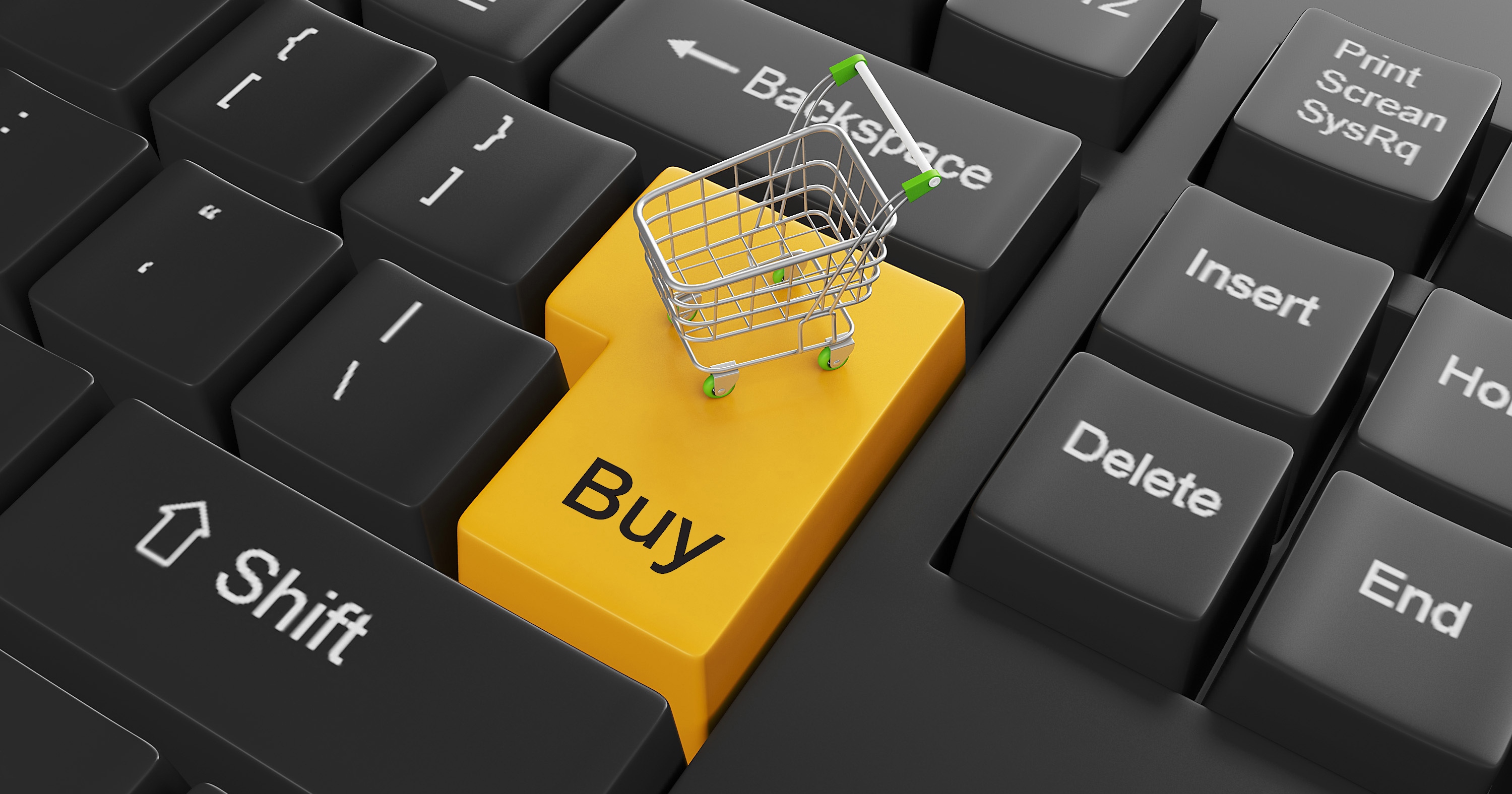Shopping has long been a significant industry. However, shopping as we know it now is quite different from even a decade ago. Back then, the only options were a stroll into a shop or a mail-order catalog if you felt daring. On the other hand, the retail business has seen a dramatic shift due to technological advances in the last several decades.
Omnichannel has been the Holy Grail for retailers in recent years. And there is a solid explanation for it. Even yet, it has proven feasible to separate various channels and touchpoints despite the omnichannel approach’s one experience. Those lines between the online and offline worlds are becoming more blurred due to technological advancements.
As a result of this new phenomenon, a new kind of shopping experience is created in which physical and digital technology work together to improve each other. Digital technology enhances and humanizes physical channels, while digital media grow more technologically sophisticated. As a consequence, the experience becomes more customized and engaging. You’ll be amazed by these six retail business technical advances.
1. Introducing Robotics
Self-stacking robots are becoming more commonplace in convenience stores. According to a recent survey of merchants, robotics is expected to be used by most stores soon. Robotic shop clerks may quickly interact with consumers to ultimately increase sales.
2. Digital Signage
Retailers are increasingly using digital signs to advertise their products. Today’s digital signage systems are much more advanced than those of the past, limited to just playing a film on a loop. You can see example of digital signage and integration with convenience stores. Using artificial intelligence (AI) and machine learning, modern digital signage displays let people engage with the exhibition, govern the material they view and interact with it.
3. Self-Scanning
Self-scanning is a hot topic in today’s convenience stores. It is something that will continue to grow in the future. Most stores will use face-recognition technology to pay for things at the checkout. Customers will be more engaged, which will lead to more sales in the shop of the future.
4. Facial Recognition
Identifying clients at the moment of sale, such as via loyalty cards, is no longer sufficient for shops. Before making a purchase, they want to know the customers’ identities in-store to provide a more tailored shopping experience. However, this is not a possibility in most retail establishments.
Using facial recognition software, a person’s unique “face-print” may be identified by scanning thousands of reference points on their face. For your employees to deliver VIP service to those clients who spend the most, they need to identify who those customers are and what they prefer to buy. Even your sales personnel may benefit from facial recognition technology by recognizing changes in their clients’ emotions and reacting immediately to upset or puzzled consumers.
5. Using voice assistants
Voice assistants are an excellent place to start if you feel overwhelmed by all the options available on your smart gadgets. Amazon Alexa, Google Assistant, and Apple Siri are all examples of virtual assistants. It is as simple as utilizing a voice assistant to have a conversation.
With these gadgets, you may construct a shopping list by speaking it out, and it will be sent to your phone immediately. Seniors who have difficulty writing or prefer to speak aloud instead of making a list on their phones will appreciate how simpler this makes the whole procedure. Many of these gadgets may even be linked to convenience shops directly.
6. Smart Mirrors
Customers dislike fitting rooms despite being an inescapable part of the clothing purchasing experience. According to a 2016 survey by Body Labs, 46% of shoppers said they “detest” putting on clothing in a fitting room. Furthermore, according to Alert Tech, shoppers who try on clothing in the store are approximately seven times more likely to buy than those who peruse the merchandise.
Neiman-Marcus’ Memory Mirror addresses this problem. The mirror doubles as a camera and screen to better understand how a clothing item would look when worn. In addition, shoppers may compare their appearances in two separate dresses side by side.
There is little doubt that retail stores’ future will be shaped by technology, which shapes the consumer experience. Geolocation technology will allow three-quarters of merchants to identify returning consumers when they enter their shop. A clear message from Zebra is to take advantage of new technologies to maintain and boost sales, or your competition will beat you to it!



